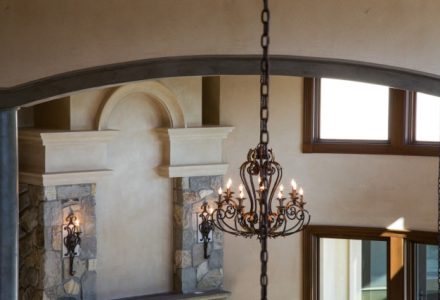OUR BLOG
- All Posts
- American Clay
- Architectural Wall Finishes
- Bathrooms
- blog
- Carrara Marmorino
- Carrara Marmorino
- clay plaster
- Contact Page Quote
- Custom Fire Places
- Decorative Finishes
- Demo Articles
- Design News
- Faux Finish Restorations
- feature
- Full Interior Projects
- Gallery Posts
- Golden Metallic Plaster
- Guilding Vancouver
- home
- Interior Painting
- Intonachino Lime Plaster
- Intonachino Lime Plaster
- Lime Painting
- Lime Plaster
- Lime Plaster Exteriors
- News Letter
- Plaster Showers
- Polished Plaster
- Silver Leaf Vancouver
- Standard Post
- Tadelakt
- Tadelakt full interiors
- Test
- Testimonials - What Clients Are Saying About Darrell Morrison's Work
- Textured Plaster
- Uncategorized
- Venetian Plaster Full Interiors
- Venetian Plaster Quarterly
- Venetian Plaster Quarterly-home page
- Venetian Plaster Vancouver
- video
- Wood Graining Vancouver
- Wood Staining & Clear Coating
Tadelakt pillars inside and out, Fibercrown mouldings installed by and painted to resemble limestone. Italian lime…
We recently finished this detailed interior using venetian plaster in this beautiful traditional home, infused with…
When I started this project I had no idea it would evolve into such an amazing…
We have been working on this Tuscan Villa in the country since last summer. With 3…
Here is one of the projects we have completed over the last year and since we…
This past week I was able to express my creativity on a large ceiling in downtown…
This lovely Mediterranean home on the cliffs on White Rock, British Columbia was a treat to…
The process, the projects, the finished product: This is an inside look into how I create…

